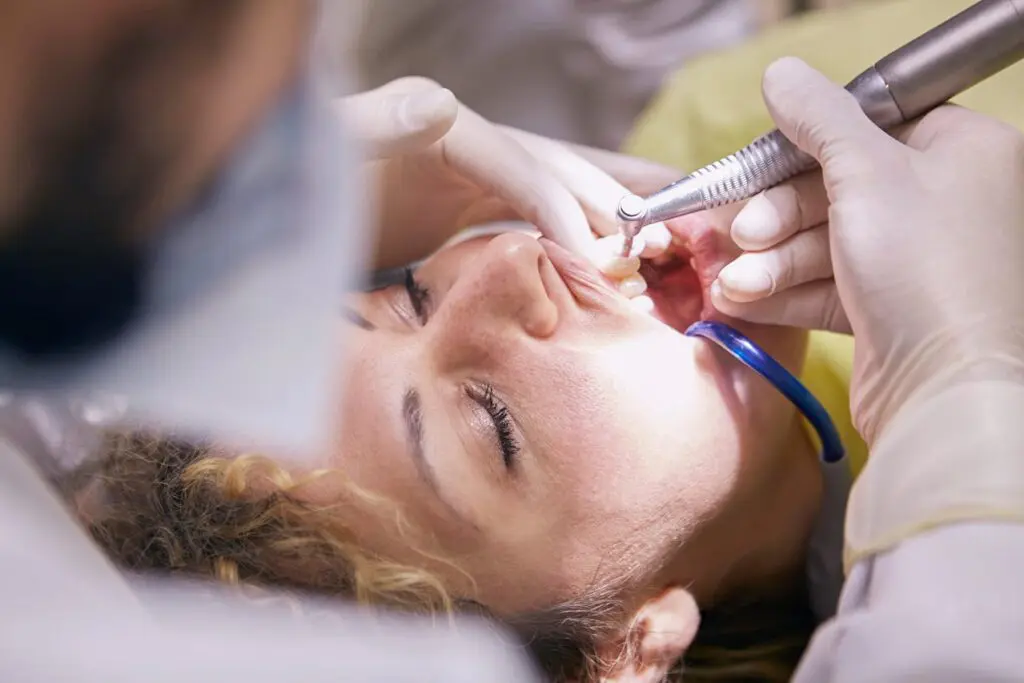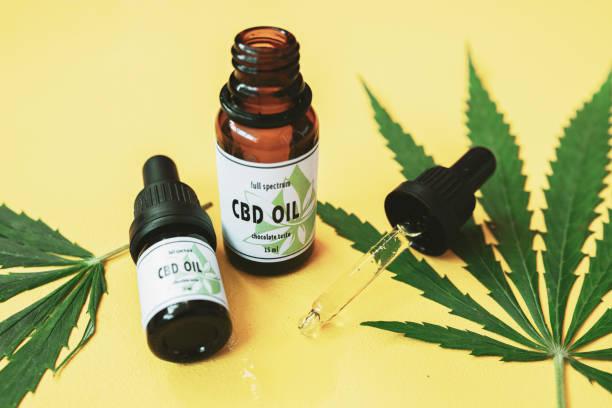Sedation Dentistry Types Explained Nitrous Oxide Oral and IV

Dentistry has advanced to a point where fear and discomfort no longer have to define a patient’s experience. Sedation dentistry has made it possible for individuals with dental anxiety, low pain tolerance, or complex dental needs to undergo treatment in comfort.
Understanding the different sedation options available helps patients make informed choices and allows dentists to recommend the most effective approach. The three most common types include nitrous oxide, oral sedation, and intravenous (IV) sedation, each with unique characteristics, benefits, and considerations.
The Role of Sedation in Modern Dentistry
For many patients, dental anxiety is a significant barrier to maintaining good oral health. Some avoid checkups for years, leading to preventable issues such as cavities, gum disease, or tooth loss. Sedation dentistry addresses this challenge by reducing fear, managing discomfort, and creating a calm environment during procedures. Sedation is also valuable in lengthy treatments, where staying still for extended periods can be difficult.
Nitrous Oxide Sedation The Gentle Calming Gas
Nitrous oxide, often called “laughing gas,” is one of the safest and most widely used sedation methods. It is administered through a mask that fits over the nose, allowing patients to inhale a carefully controlled mixture of nitrous oxide and oxygen.
The effects begin quickly, bringing a sense of relaxation and mild euphoria while leaving patients conscious and responsive. Once the mask is removed, the sedation wears off almost immediately, making it an excellent choice for routine procedures. Patients can typically resume normal activities soon after their appointment.
Nitrous oxide is especially beneficial for children or patients who only need mild calming. It is also suitable for individuals with a busy schedule since recovery time is minimal.
Oral Sedation Dentistry A Step Toward Deeper Relaxation
Oral sedation involves taking prescribed medication, usually a pill, before the appointment. Depending on the dosage, oral sedation can range from minimal relaxation to moderate drowsiness. Patients often remain awake but less aware of their surroundings, and some may not remember much of the procedure afterward.
The effects of oral sedation take longer to wear off compared to nitrous oxide, so patients will need someone to drive them home. This type of sedation is often recommended for individuals with stronger dental anxiety, sensitive gag reflexes, or longer treatments.
Oral sedation provides flexibility since the dosage can be adjusted to meet patient needs. However, because the effect cannot be immediately reversed, dentists carefully plan the timing and dosage to ensure safety and comfort.
Intravenous IV Sedation Dentistry The Strongest Option
Intravenous (IV) sedation is administered directly into the bloodstream, producing rapid and profound relaxation. It is sometimes referred to as “twilight sleep” because patients remain conscious but in a deeply relaxed state, often with little memory of the procedure afterward.
IV sedation allows dentists to precisely control the level of sedation throughout treatment, adjusting it as needed. It is commonly used for oral surgery, dental implants, or multiple procedures performed in one visit. Patients require close monitoring of vital signs, and recovery may take several hours.
Dentists must undergo specific training and certification to provide IV sedation safely. For professionals interested in advancing their skills, IV sedation courses for dentists provide the required knowledge and clinical practice to deliver this option with confidence.
Choosing the Right Sedation Option
The decision between nitrous oxide, oral sedation, or IV sedation depends on several factors, including the patient’s medical history, level of anxiety, and the complexity of the dental procedure. A consultation with the dentist helps determine the safest and most effective choice.
Patients should openly discuss any health conditions, current medications, or prior experiences with anesthesia. Dentists may also consider patient preference, balancing convenience, recovery time, and cost when recommending a sedation method.
Sedation Dentistry and Professional Education
The safe use of sedation requires ongoing training for dental professionals. Many states regulate sedation practices, and dentists often complete continuing education to stay compliant and expand their expertise. For instance, those looking to renew texas dental license must complete specific continuing education hours, some of which include sedation and anesthesia topics.
Similarly, healthcare providers often need BLS renewal to ensure they can respond to emergencies in a clinical setting. Attending live dental CE courses gives practitioners hands-on experience, which is particularly valuable for complex skills such as IV sedation.
Foreign-trained dentists seeking opportunities in the United States should also be aware of states that allow foreign trained dentists, as rules vary and can influence the scope of practice.
Patient Safety and Monitoring
While sedation dentistry is generally safe, patient safety is always the top priority. Dentists and dental teams follow strict guidelines, including monitoring heart rate, blood pressure, and oxygen levels during sedation. Emergency protocols are also in place to address any complications, although serious issues are rare.
Patients can prepare for their appointment by following the dentist’s instructions, such as fasting before IV sedation or arranging for transportation after oral sedation. Clear communication between the dental team and the patient builds trust and ensures the best outcome.
FAQs About Sedation Dentistry
What type of sedation is best for someone with mild dental anxiety?
Nitrous oxide is often recommended for patients with mild anxiety. It provides quick relief without long-lasting effects, allowing patients to return to daily activities almost immediately.
Will I be completely asleep during sedation dentistry?
Sedation dentistry does not necessarily mean general anesthesia. With nitrous oxide, oral sedation, and IV sedation, patients remain conscious but deeply relaxed. Only hospital-based general anesthesia puts patients fully asleep.
Is sedation safe for children and older adults?
Yes, sedation can be safe for both children and older adults when administered by a trained professional. The dentist reviews medical history and tailors the sedation method accordingly.
How long will it take to recover after sedation dentistry?
Recovery depends on the type of sedation. Nitrous oxide wears off quickly, while oral sedation may take a few hours. IV sedation requires the longest recovery, with most patients needing the remainder of the day to fully return to normal.
Can sedation dentistry help with complex dental treatments?
Absolutely. Sedation dentistry is especially beneficial for longer or more invasive procedures. It allows dentists to complete treatments efficiently while keeping patients comfortable.
Final Thoughts on Sedation Dentistry Options
Sedation dentistry has transformed the way patients experience dental care. From the light calming effect of nitrous oxide to the deep relaxation of IV sedation, these options empower patients to receive necessary treatment without fear or stress. For dentists, continuing education ensures these methods are provided with the highest standard of care.
Patients considering sedation should consult their dentist to explore the best option for their needs. With the right approach, dental visits can become positive experiences that support long-term oral health.







